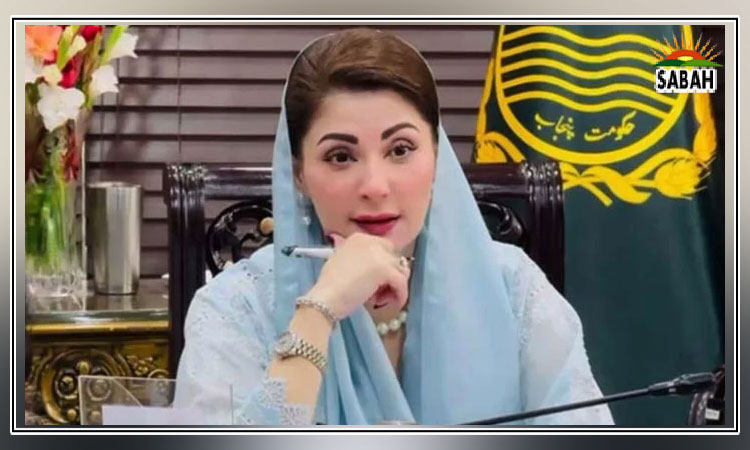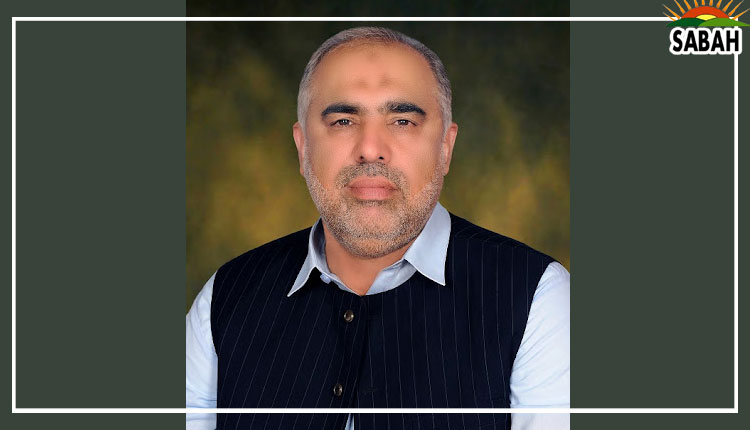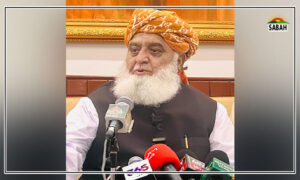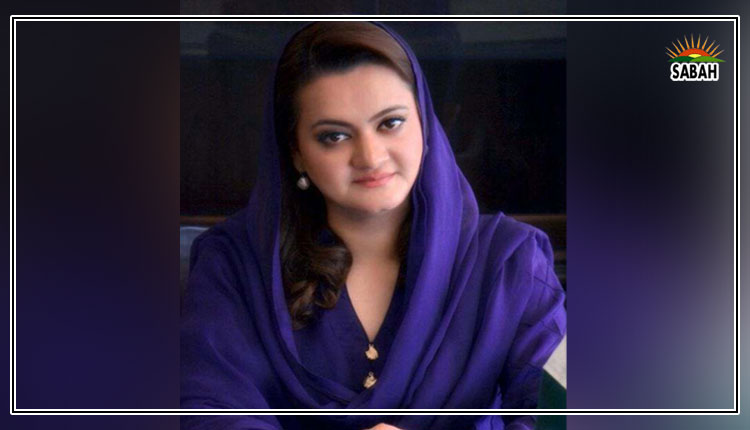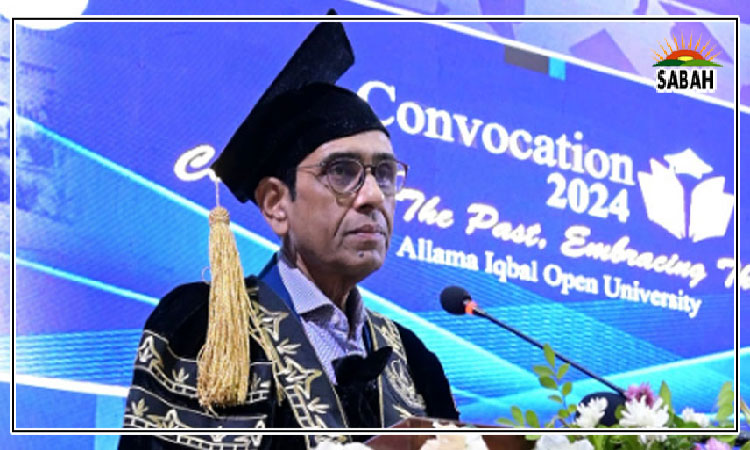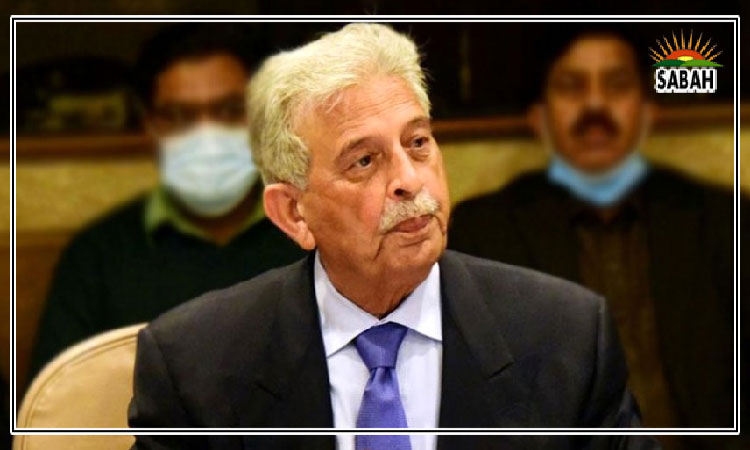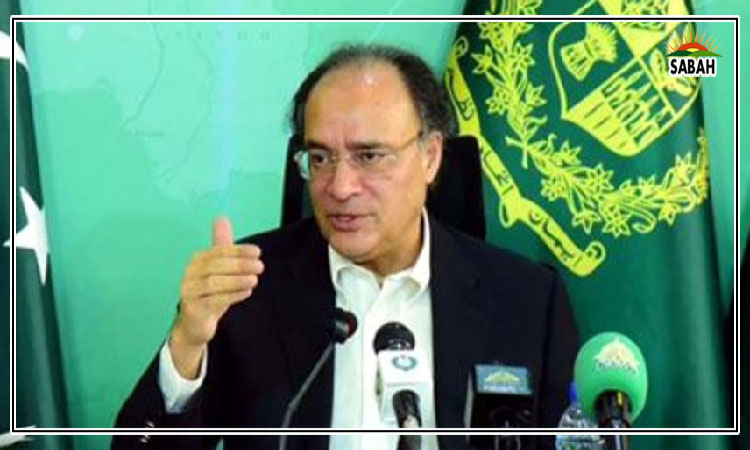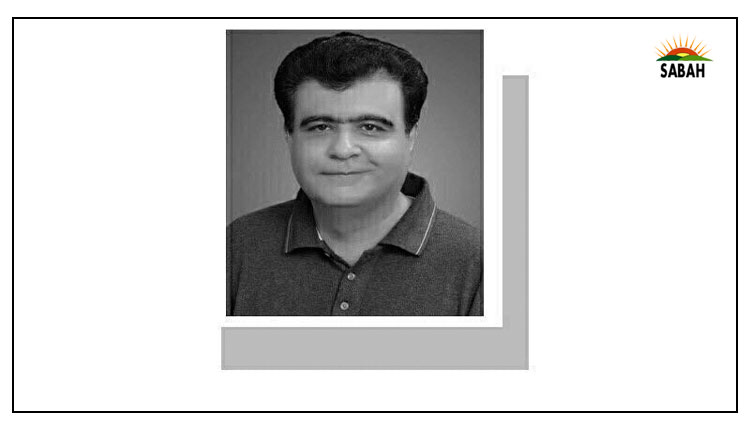Winners and losers…Dr Niaz Murtaza
WHO will the winners and losers be in the 2024 polls? Some jokingly say that even though the polls themselves are not certain, the winner is.
But if a (favourable) winner is certain, why would anyone try to delay them, especially as the US may link a critical new IMF loan to polls? So, barring a national calamity, polls on Feb 8 look certain, still months late unconstitutionally. And yet there is doubt.
There is often uncertainty even in the US despite credible opinion and actual polls. In our context, a recent poll shows the PTI and PML-N close in Punjab. But are our opinion polls reliable? The 2013 and 2018 ones were reasonably so. Such polls take national or provincial samples and not constituency ones. So, they predict the vote ratios of parties overall but not their number of seats.
The average of four polls (Gallup, Pulse, IPOR and SDPI) completed within two months of the 2018 polls had the PTI, PML-N and the PPP getting 28.3 per cent, 27.5pc and 16.5pc votes respectively. They actually got 31.8pc, 24.4pc and 13pc. So, they erred from the actual ratios by less than 4pc, which is common even in the US.
In 2013, the average of two polls (Gallup and IRI) showed the PML-N, PPP and the PTI getting 36pc, 15.5pc and 16pc of the votes, even closer to the 33pc, 15pc and 17pc actual ratios. So, the polls of such firms cant be rejected outright as biased or unscientific, despite the many constraints in carrying out accurate surveys in Pakistan.
But how did the vote ratios translate into seats? The party with the highest actual vote ratio got 10-15pc more seats: the PTI 43pc seats in 2018 and PML-N 46pc in 2013 but the PPP got only 2pc more in 2008.
What can we expect in 2024? Gallup has withheld national results this time. But its recent poll shows the PTI at 34pc and PML-N at 32pc in all-crucial Punjab, ie, close as in 2018 nationally. Given the 2013 and 2018 trends, the PTI may win 40-45pc of seats there.
The PTI got 45pc support in KP (the PML-N and JUI-F together got 24pc) and 19pc in Sindh (PPP got 42pc) in this poll. It would suggest a PTI set-up nationally and in Punjab and KP, a PPP one in Sindh, with Balochistan unclear.
A weak and inept PML-N set-up may emerge after the polls.
There are two big caveats though. Polling over the months in 2018 had shown the PTIs vote ratio increasing but PML-Ns falling. Gallup polls over the months in Punjab now show the reverse. This momentum may mean a PML-N win. But both trends are odd. In 2017-18, the PML-N had given 6pc growth, low inflation, CPEC and a cut in terrorism and power outages. In 2022-23, it gave near-zero growth and record inflation.
So, neither trend reflects party outcomes. But the commonality is that in 2018, the PML-N faced the establishments wrath which now PTI faces even more. This may have played a key role in changing the choices of voter blocs watching for such signals.
The bigger caveat is there is no PTI in the polls, unfairly removed by the party symbol case verdict. No law allows the Election Commission of Pakistan to reject party poll results. But it did so twice with the PTI. Laws allow the ECP to handle national polls disputes via tribunals run by judges, as it isnt a judicial body. Arguably, the ECP nixed the PTIs party polls without law and capacity. PTI horses must run as independents though its unclear if any law says so.
Party symbols dont represent their registration but are given in elections due to illiteracy. The ECP says PTI is still registered with it. So, its winners must be treated as its assembly representatives, subject to party loyalty laws, even if the PTIs symbol doesnt appear on ballots.
Forcing them to run as independents may confuse voters, and more critically, make PTI winners open to poaching by others waiting with their nets. It all appears designed. It follows the imprisonment of the PTIs top leaders, forced desertion and rally bans. More novel ploys may emerge to undercut the party until and after polls.
All this may make 2024 polls more rigged than the 2018 and 1990s ones and on a par with those held in 1985 and 2002 by unconstitutional regimes. Similar rigging can apparently happen even under constitutional rule.
This may usher in an inept and weak PML-N regime reliant on small parties, more so than the PTI in 2018. Even if the PTI wins by magic, we will still have an inept set-up with uneasy ties with all key internal and external forces.
The only (tiny) hope is if the winner is allowed to appoint a competent cabinet, letting the Sharifs or Imran Khan run the parties, as Congress did after Rajiv Gandhis death to usher in Indias progress under Manmohan Singh. Otherwise, even if the winners are not certain, the losers are the masses.
Courtesy Dawn




